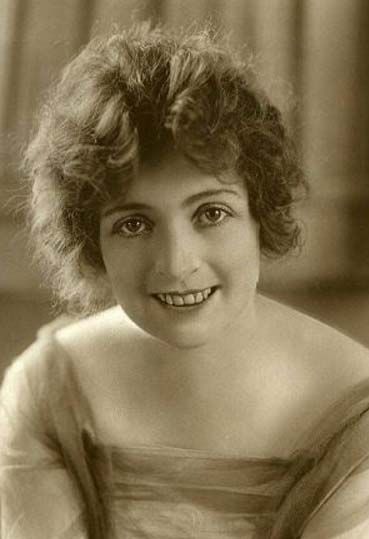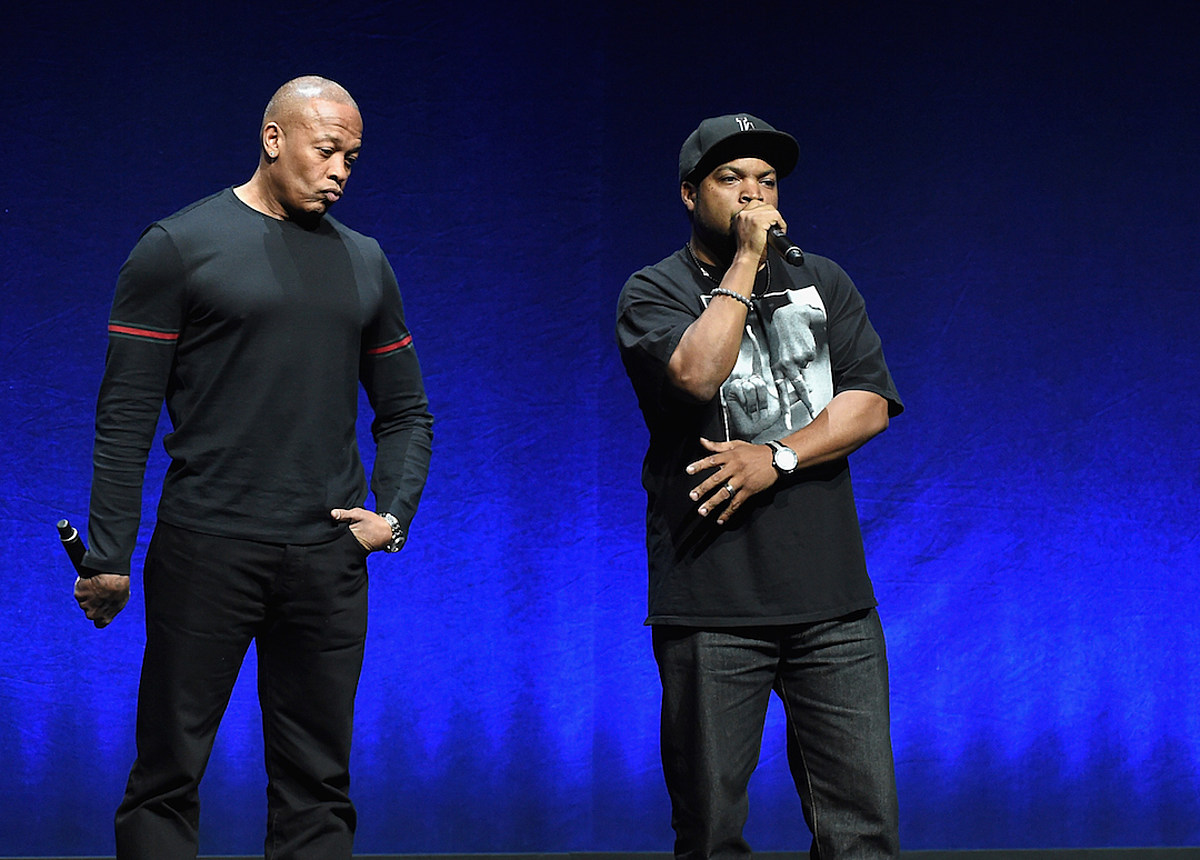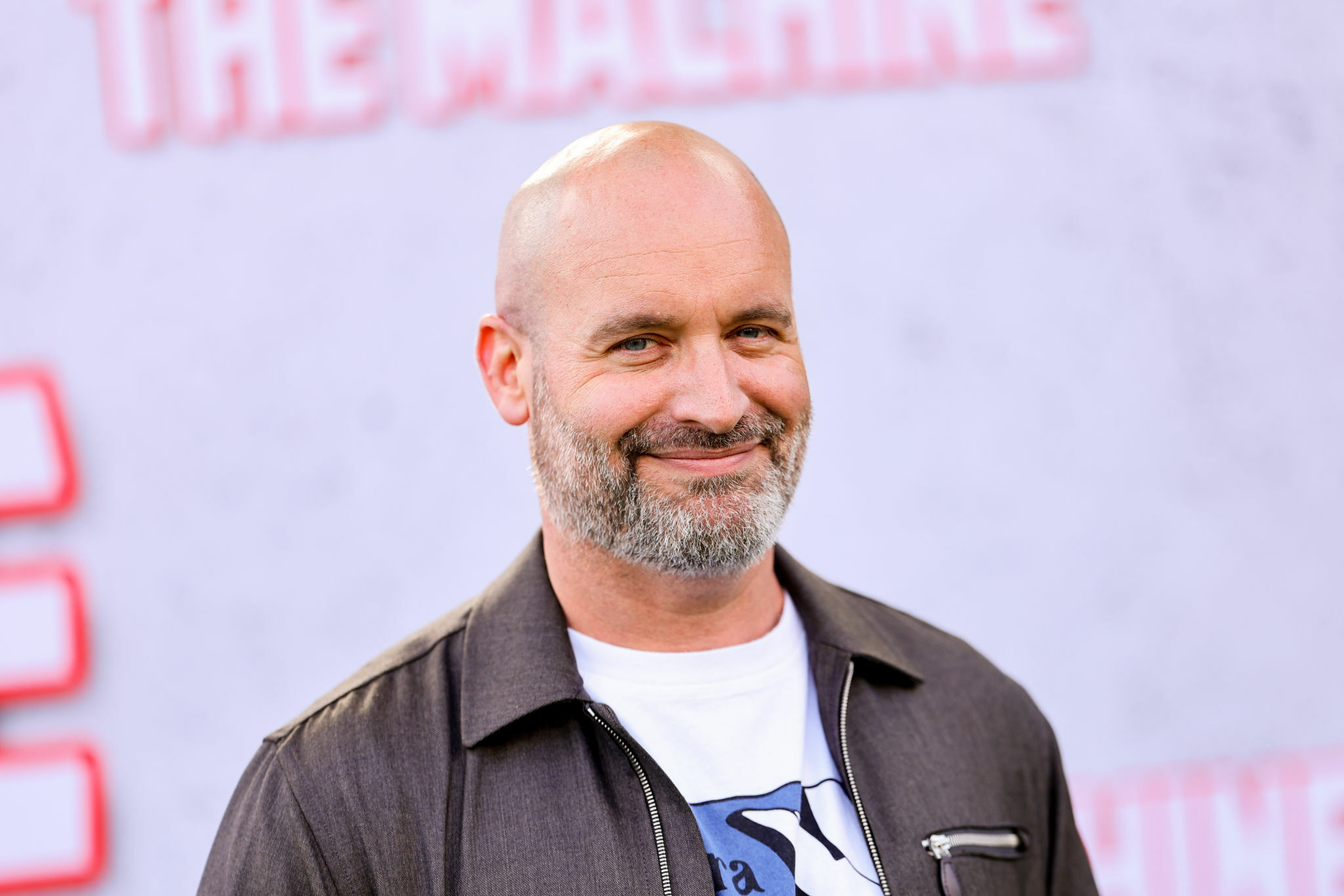Table of Contents
Myrtle Gonzalez was a prominent American silent film actress and singer in the early 20th century. She was one of the first major Latina stars in Hollywood and helped pave the way for future Hispanic actors.
Early Life and Career Beginnings
Myrtle Gonzalez was born in 1891 in Los Angeles, California to Mexican immigrant parents. From an early age, she displayed a talent and passion for performance. As a teenager, Gonzalez began singing and playing piano professionally at local events and theaters.
In 1911, when she was just 20 years old, Gonzalez was discovered by film director D.W. Griffith and cast in her first movie role in The Puncher’s New Love. This launched her film career, and she quickly rose to stardom as one of the most popular leading ladies of silent films.
Rise to Fame as Leading Lady
Over the next decade, Gonzalez appeared in over 170 silent films and shorts. She frequently played the role of the romantic lead and the girl-next-door ingénue. Some of her most famous films included:
- The Gringo (1913)
- The Rattlesnake (1913)
- Bloodhounds of the North (1913)
- The Lamb (1915)
- The End of the Rainbow (1916)
- The Secret of the Swamp (1916)
- Golden Rule Kate (1917)
- A Bit of Kindling (1917)
With her natural charm, beauty, and emotional acting skills, Gonzalez excelled in starring roles. She became hugely popular with American film audiences and was one of the biggest box office draws of her day.
Impact as One of Hollywood’s First Latina Stars
As one of the very few Hispanic actors in early Hollywood, Gonzalez made history through her success and visibility. At a time when Hollywood was heavily biased toward white actors, Gonzalez overcame barriers to achieve stardom.
She proudly embraced her Mexican heritage despite prejudice. Gonzalez even turned down a studio contract because the studio head asked her to change her surname to something more “American-sounding.”
By starring in lead roles and receiving equal billing and pay as her white co-stars, Gonzalez paved the way for greater inclusion and representation of Latino talent in Hollywood. She became a role model and inspiration for aspiring Hispanic actors for generations to come.
Read also: Rob Dyrdek Net Worth
Later Career and Premature Death
In the late 1910s, Gonzalez left acting to focus on her personal life. She married in 1916 and had two children. Tragically, her promising career and life were cut short when she died in 1922 at the young age of 31, likely due to complications from childbirth.
Gonzalez’s legacy lived on, however. Over a decade-long career, she acted in around 200 films and helped open doors for Latina actresses. She is remembered as a skilled dramatic actress and one of the pioneering Latin stars of Hollywood’s Silent Era.
Myrtle Gonzalez Movies and Highlights
During her prolific yet brief acting career, Myrtle Gonzalez left her mark on silent cinema through her emotionally moving performances. Here are some of the highlights and most acclaimed films of Gonzalez’s filmography:
The Gringo (1913)
One of Gonzalez’s breakthrough roles, when she starred as a young Mexican woman opposite Harry Carey. Her emotional performance earned praise and cemented her popularity.
The Lamb (1915)
Directed by Christy Cabanne, this critically acclaimed film featured one of Gonzalez’s most nuanced performances as a poor young girl. She demonstrated her impressive dramatic acting chops.
Golden Rule Kate (1917)
Gonzalez took on the challenging lead role of a tough-but-kindhearted saloon singer who must care for a young girl. She balanced pathos and humor.
The Secret of the Swamp (1916)
This drama casts Gonzalez in a dark, mature role as a mysterious woman with a hidden secret. She brought complexity and depth to the enigmatic character.
A Bit of Kindling (1917)
Gonzalez again showed her versatility by starring as a tomboy opposite comedic actor Henry King. Her flair for physical comedy surprised audiences.
The End of the Rainbow (1916)
One of Gonzalez’s best romantic lead roles, where she movingly portrayed a heartbroken young woman who loses her faith and hope in humankind.
Myrtle Gonzalez’s Acting Style and Persona
Myrtle Gonzalez captivated early 20th-century film audiences with her natural charm, beauty, and emotional depth on screen. Here are some of the key features of Gonzalez’s acting talent and star persona:
Expressiveness
Gonzalez had an incredibly expressive face and eyes that allowed her to convey complex emotions wordlessly. Her subtle facial expressions could portray joy, sorrow, fear, anger, and more.
Emotional Depth
In her most acclaimed roles, Gonzalez tapped into deep wells of emotion. She moved audiences through vulnerable and emotionally raw performances.
Luminous Screen Presence
With her doe eyes, thick dark hair, and radiant complexion, Gonzalez had an arresting presence on screen that leaped off the silent film frame.
Versatility
While often cast as an ingénue, Gonzalez proved she could succeed in comedy, westerns, dramas, and more. She played working-class, villains, tomboys, and other roles.
Independent Spirit
Gonzalez forged her path in Hollywood as an ambitious, self-sufficient actress who retained creative control and pride in her Latina identity.
Girl-Next-Door Charm
Even while playing rich sophisticates, Gonzalez projected a down-to-earth, relatable charm audiences adored. She specialized in “everygirl” roles.
Legacy as Latina Pioneer of Hollywood’s Golden Age
Though her career was sadly cut short, Myrtle Gonzalez made an indelible impact as one of the first Latina stars in American cinema. Here are some of the key ways she paved the way for greater representation:
- As one of the only leading ladies of Mexican descent in silent films, Gonzalez achieved stardom against the odds and broke new ground for Hispanic actors.
- She proudly maintained her Latina identity and refused to change her name or ethnicity, advancing acceptance.
- Her popularity and box office draw proved the commercial viability of Latino-led films to prejudiced studios.
- Gonzalez found equal footing with the era’s biggest stars, debunking myths about limitations on Hispanic actors.
- She expanded the narrow range of Latina stereotypes in early Hollywood through her diverse roles.
- As a role model, Gonzalez inspired the aspirations of young Hispanic girls and boys who dreamed of stardom.
- Her legacy endures as a courageous Latina pioneer who opened doors for generations of actors.
Myrtle Gonzalez overcame the bigoted attitudes of her era to become one of silent film’s biggest stars and an icon for expanding representation in Hollywood. Though her story ended sadly, her impact and importance are still felt today.
Final Words
Myrtle Gonzalez was a trailblazing figure who made great strides for Hispanic representation in early Hollywood. As one of the most prominent Latina silent film stars, she paved the way for future diversity in the entertainment industry through her acting talent, box office success, and courage to embrace her Mexican roots. Though her life was cut short, Gonzalez’s legacy as a pioneering performer lives on. She remains an inspiration over a century later for Latinas aiming to break barriers in media and tell impactful stories on screen.
People Also Ask
How old was Myrtle Gonzalez when she died?
Myrtle Gonzalez was 31 years old when she died in 1922. She had a tragically short life and career.
How long did Myrtle Gonzalez live?
Myrtle Gonzalez lived for 31 years. She was born in 1891 and died in 1922.
When was Myrtle Gonzalez born?
Myrtle Gonzalez was born in 1891 in Los Angeles, California. She began her acting career in 1911 at the age of 20.




